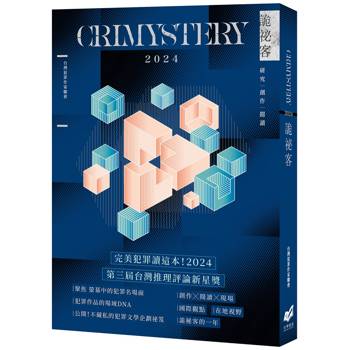At the height of the cultural upheavals that shook American society during the late 1960s and early 1970s, a profusion of new religious movements emerged and spread quickly throughout the country. Although religious innovation had a long history in the United States, these contemporary movements gained widespread attention because they attracted a sizable population of middle-class youths and threatened long-held social and religious conventions. This book traces the remarkable journey of one such movement, the Holy Order of MANS, from its beginnings in 1967 as a monastic-style New Age initiatory order to its eventual transformation in 1988 into Christ the Savior Brotherhood, an Eastern Orthodox sect.
At the start, the group’s beliefs and rites were an eclectic combination of Western esoterism, apocalyptic millennialism, Christian monasticism, New Thought philosophy, and Eastern initiatory practices. Its self-proclaimed mission was to prepare humanity for an imminent "Golden Dawn" of the spirit by making available the "Ancient Christian Mysteries" to modern-day churches. After the death of its founder and in the wake of the anti-cult sentiment that followed the mass suicides at Jonestown, the movement decided to adopt a more conventional Christian image. Over the next decade, the community abandoned its esoteric worldview and language for the traditionalist framework of Eastern Orthodoxy.
Using oral interviews, participant observation, and an extensive array of primary sources, Lucas uncovers the beliefs and ritual life of order members and analyzes the processes by which this religious community changed so radically during its founding generation. He illustrates how the cultural dislocations and stresses of contemporary America affected the emergence and growth of a highly innovative religious movement, and assesses the cultural significance of new religious communities as laboratories of social and spiritual change.
| FindBook |
|
有 1 項符合
Lucas,Phillip Charles的圖書 |
 |
$ 1920 | Odyssey of a New Religion: The Holy Order of Mans from New Age to Orthodoxy
出版社:Lucas,Phillip Charles 出版日期:1995-02-22 語言:英文 規格:精裝 / 16.5 x 24.8 x 2.5 cm / 普通級/ 初版  看圖書介紹 看圖書介紹
|
|
|
圖書介紹 - 資料來源:博客來 評分:
圖書名稱:The Odyssey of a New Religion: The Holy Order of Mans from New Age to Orthodoxy
|











